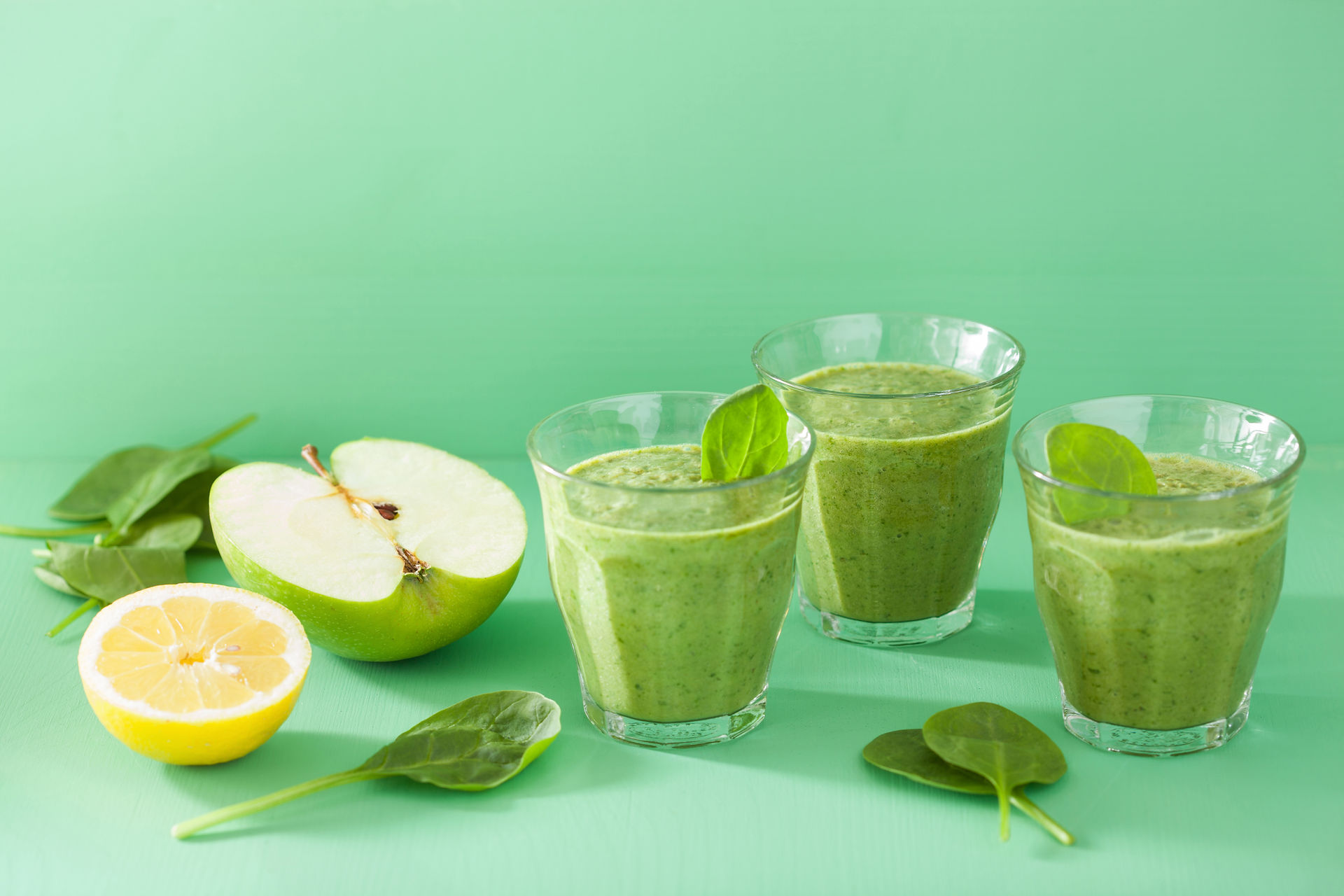

Berberis Aristata
Scientific name - Berberis Aristata
Berberis aristata is characterised by an erect spiny shrub, ranging between 2 to 3 m (6.6 to 9.8 ft) in height. It is a woody plant, with bark that appears yellow to brown from the outside and deep yellow from the inside.
Daru haldi
The bark is covered with three-branched thorns, which are modified leaves, and can be removed by hand in longitudinal strips. The leaves are arranged in tufts of five to eight and are approximately 4.9 cm (1.9 in) long and 1.8 cm (0.71 in) broad. The leaves are deep green on the dorsal surface and light green on the ventral surface. The leaves are simple with pinnate venation. The leaves are leathery in texture and are toothed, with several to many small indentations along the margin of the leaf.
The flowering season begins in mid-March and lasts throughout the month of April. The yellow flowers that develop are complete and hermaphroditic. The average diameter of a fully opened flower is 12.5 mm (0.49 in). The flowers form a racemose inflorescence, with 11 to 16 flowers per raceme, arranged along a central stem. The flower is polysepalous, with three large and three small sepals, and polypetalous, with six petals in total.


Uses
-
It is an ingredient in the spirit absinthe, and is used for flavouring in some other spirits and wines, including bitters, bäsk, vermouth, and pelinkovac. As medicine, it is used for dyspepsia, as a bitter to counteract poor appetite, for various infectious diseases, Crohn's disease, and IgA nephropathy.
-
In the Middle Ages, wormwood was used to spice mead, and in Morocco, it is used with tea, called sheeba.
-
A. absinthium from different geographical locations has been of pharmaceutical and botanical importance and has been used traditionally for the management of several disorders including hepatocyte enlargement, hepatitis, gastritis, jaundice, wound healing, splenomegaly, dyspepsia and indigestion, flatulence, gastric pain, anemia, anorexia, esophageal bowel syndrome with irritation, weak memory tremors, depression, epilepsy, chronic fever, skin diseases, gout, and rheumatism.
-
A. absinthium was also reported to show activity against syndromes mediated by immunity in medicine. Notably, A. absinthium extracts was reported to reduce tumor necrosis factor-alpha (TNF-α) and provide synergistic action on healing in patients with Crohn’s disease.
References
1. Ahamad J., Mir S.R., Amin S.A. Pharmacognostic review on Artemisia absinthium. Int. Res. J. Pharm
2. Hussain M., Raja N.I., Akram A., Iftikhar A., Ashfaq D., Yasmeen F., Mazhar R., Imran M., Iqbal M.A. Status review on the pharmacological implications of Artemisia absinthium: A critically endangered plant.
3. The Plant List. [(accessed on 12 March 2020)]; Available online: http://www.theplantlist.org/
4. Hassler M., Roskov Y., Ower G., Orrell T., Nicolson D., Bailly N., Kirk P.M., Bourgoin T., DeWalt R.E., Decock W., et al. World Plants: Synonymic Checklists of the Vascular Plants of the World (Version November 2018). In Species 2000 & ITIS Catalogue of Life, 2019 Annual Checklist. [(accessed on 1 January 2020)];2019 Available online: www.catalogueoflife.org/annual-checklist/2019
6. Khare C.P. Indian Medicinal Plants: An Illustrated Dictionary. Springer; Berlin, Germany